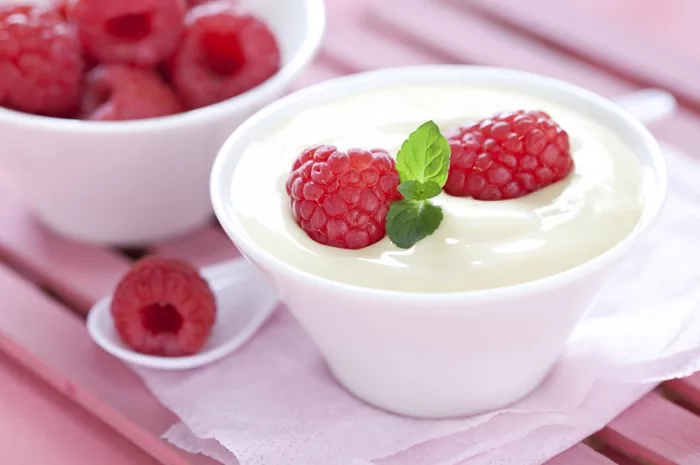Allegra, also known by its generic name fexofenadine, is a commonly used antihistamine medication to treat allergic symptoms such as sneezing, runny nose, itching, and watery eyes. While generally considered safe and effective, there are specific precautions regarding its administration, including avoiding certain beverages like fruit juice. This article delves into the reasons why Allegra should not be taken with fruit juice, the potential consequences of this interaction, and alternative strategies for medication administration.
Understanding Allegra and its Mechanism of Action
Allegra belongs to a class of medications known as second-generation antihistamines. It works by blocking the action of histamine, a substance in the body that triggers allergic symptoms. By inhibiting histamine, Allegra helps alleviate symptoms of allergies without causing drowsiness, a common side effect of first-generation antihistamines.
Why Shouldn’t You Take Allegra with Fruit Juice?
The interaction between Allegra and fruit juice primarily involves the absorption and effectiveness of the medication. Fruit juices, particularly those high in acidity, contain compounds that can interfere with the absorption of fexofenadine, the active ingredient in Allegra.
1. Inhibition of Absorption
Fruit juices, such as grapefruit juice, orange juice, and apple juice, contain compounds known as furanocoumarins and flavonoids. These compounds inhibit an enzyme in the intestine called CYP3A4, which plays a role in the metabolism of fexofenadine.
Impact: Inhibition of CYP3A4 slows down the breakdown of fexofenadine, leading to higher concentrations of the medication in the bloodstream.
Consequence: Elevated levels of fexofenadine can increase the risk of adverse effects, including drowsiness, dizziness, and headache.
2. Decreased Bioavailability
In addition to inhibiting enzyme activity, fruit juices can also alter the pH of the gastrointestinal tract, affecting the absorption of fexofenadine.
Impact: Changes in pH can reduce the solubility of fexofenadine, leading to decreased bioavailability.
Consequence: Reduced bioavailability means that less of the medication is absorbed into the bloodstream, potentially diminishing its effectiveness in relieving allergic symptoms.
Potential Consequences of Taking Allegra with Fruit Juice
The interaction between Allegra and fruit juice can have several implications for individuals taking the medication.
1. Reduced Effectiveness
Taking Allegra with fruit juice may diminish its effectiveness in alleviating allergic symptoms.
Symptom Persistence: Individuals may experience continued allergy symptoms despite taking Allegra as prescribed.
Suboptimal Relief: Reduced effectiveness may necessitate higher doses of Allegra or the need for additional medications to manage symptoms.
2. Increased Risk of Side Effects
Elevated levels of fexofenadine in the bloodstream can lead to an increased risk of adverse effects associated with the medication.
Drowsiness and Dizziness: Higher concentrations of fexofenadine may intensify central nervous system side effects, such as drowsiness and dizziness.
Headache: Some individuals may experience headaches or migraines as a result of elevated fexofenadine levels.
3. Medication Interactions
The interaction between Allegra and fruit juice highlights the potential for interactions between medications and dietary substances.
Generalizability: Similar interactions may occur with other medications that are metabolized by the CYP3A4 enzyme or affected by changes in gastrointestinal pH.
Complexity of Management: Managing medication interactions requires careful consideration of dietary habits and timing of medication administration.
Strategies for Avoiding the Interaction
To minimize the risk of adverse effects associated with the interaction between Allegra and fruit juice, several strategies can be implemented.
1. Timing of Administration
Taking Allegra at least two hours before or after consuming fruit juice can help mitigate the interaction.
Optimal Absorption: Allowing sufficient time between medication administration and fruit juice consumption ensures optimal absorption of fexofenadine.
Reduced Risk: By spacing out the timing of Allegra and fruit juice consumption, the likelihood of interference with absorption is minimized.
2. Alternative Beverages
Choosing alternative beverages that do not interfere with Allegra absorption can help avoid the interaction.
Water: Opting for water as a beverage to accompany Allegra administration ensures hydration without affecting medication absorption.
Non-Acidic Juices: If craving juice, selecting non-acidic options such as cranberry juice cocktail or pineapple juice may pose a lower risk of interaction.
3. Patient Education
Educating patients about the potential interaction between Allegra and fruit juice empowers them to make informed decisions regarding medication administration.
Counseling: Healthcare providers should counsel patients on the importance of adhering to medication instructions and avoiding potential interactions.
Communication: Encouraging open communication about dietary habits and medication use facilitates collaborative decision-making and enhances patient safety.
Conclusion
While Allegra is an effective medication for managing allergic symptoms, it is important to be aware of potential interactions that may affect its absorption and effectiveness. Avoiding fruit juice consumption in close proximity to Allegra administration can help minimize the risk of adverse effects and ensure optimal symptom relief. Patient education about the interaction between Allegra and fruit juice is essential for promoting medication safety and optimizing therapeutic outcomes. By understanding the mechanisms underlying the interaction and implementing appropriate strategies, individuals can safely and effectively manage their allergies while taking Allegra.
[inline_related_posts title=”You Might Be Interested In” title_align=”left” style=”list” number=”6″ align=”none” ids=”9308,9297,9262″ by=”categories” orderby=”rand” order=”DESC” hide_thumb=”no” thumb_right=”no” views=”no” date=”yes” grid_columns=”2″ post_type=”” tax=””]

![Why Can’t You Take Allegra with Fruit Juice? [Revealed!]](https://www.dailyhealthways.com/wp-content/uploads/2024/05/allegra01.webp)





























